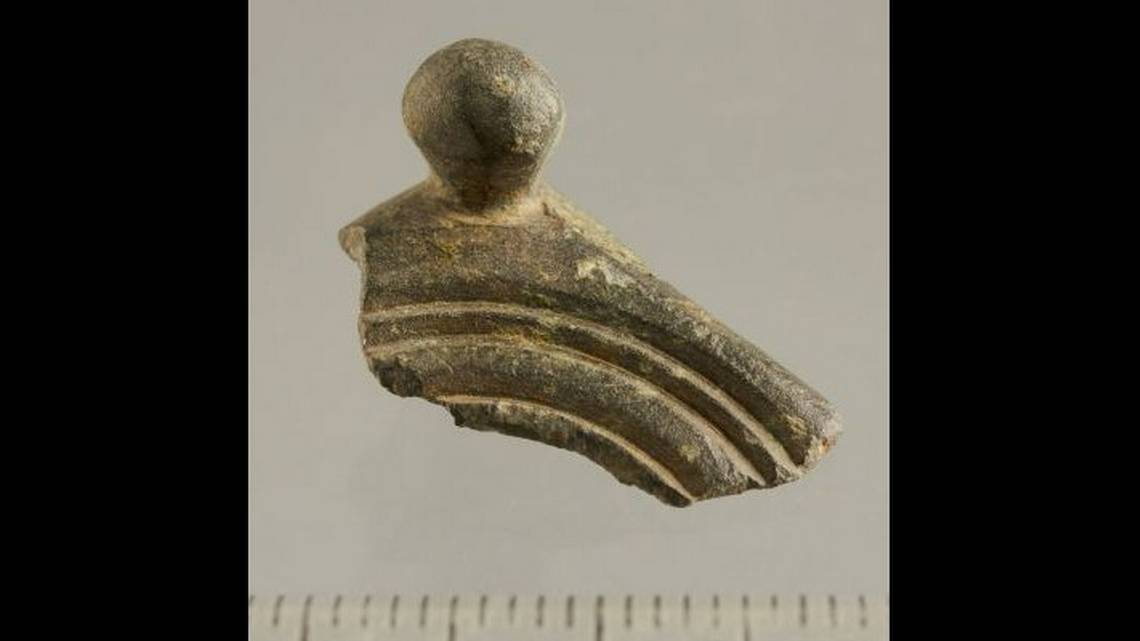Man Uncovers Magical Roman Weapon With Metal Detector
A dirt-covered fragment of a cryptic artifact has lain undisturbed in Belgium for centuries. Well, the object — common in geometry classes but rarely in archaeological digs — puzzles archaeologists.
Patrick Schuermans, a hobby archaeologist, was scanning the ground in Kortessem with a metal detector when he came across an unusual fragment, according to a January 10 press release from the Flanders Heritage Agency.
Confused by the piece, Schuermans contacted the local government and showed it to them. Archaeologists immediately recognized the fragment as part of a Roman dodecahedron, the statement said.
These dodecahedrons are 12-sided bronze objects with a hollow center, circular holes on each side, and small spheres at each corner, experts said. Only two such artefacts have been found in Belgium so far. Photos show what these unusual objects will look like when finished.
An example of a complete Roman dodecahedron.
Despite the vast reach of the Roman Empire, most dodecahedrons have been found in parts of the empire coinciding with Celtic civilizations, the publication says. For this reason, these items are sometimes referred to as Gallo-Roman dodecahedrons. Archaeologists have found around 120 specimens in the Netherlands, Germany, France and the UK
But what is this whimsical object for? is it a weapon A tool? Or something completely different?
Archaeologists are not entirely sure.
“There have been several hypotheses for it – some kind of calendar, an instrument for measuring land, a scepter, etc. – but none of them are satisfactory,” Guido Creemers, curator at the Gallo-Roman Museum in Tongeren, Belgium, told LiveScience.
“We tend to think it has something to do with unofficial activities like magic, divination and so on,” Creemers said.
Most experts believe the 1,600-year-old dodecahedron was used in magical rituals, LiveScience reported. Belgian archaeologists noticed cracks and repairs on the recently uncovered fragment, suggesting the item may have been broken during a ritual, the press release said.
As mysteries continue to shroud these Roman dodecahedrons, archaeologists finally have a breakthrough. For the first time, they know the exact location where such a rare piece was found.
Archaeologists will continue to monitor the site at Kortessem in the hope that more finds will be unearthed there, the press release said.
Kortessem is about 80 km east of Brussels. Both cities are in the Flanders region.
Google Translate was used to translate the Flanders Heritage Agency press release.
Lost treasures found in toilets of 400-year-old palace in Poland destroyed by Nazis
The ruins of a 600-year-old monastery in Spain hid a much older secret – a footprint with three toes
4,800-year-old human remains discovered near cattle burials in Germany, experts say
Don’t miss interesting posts on Famousbio
